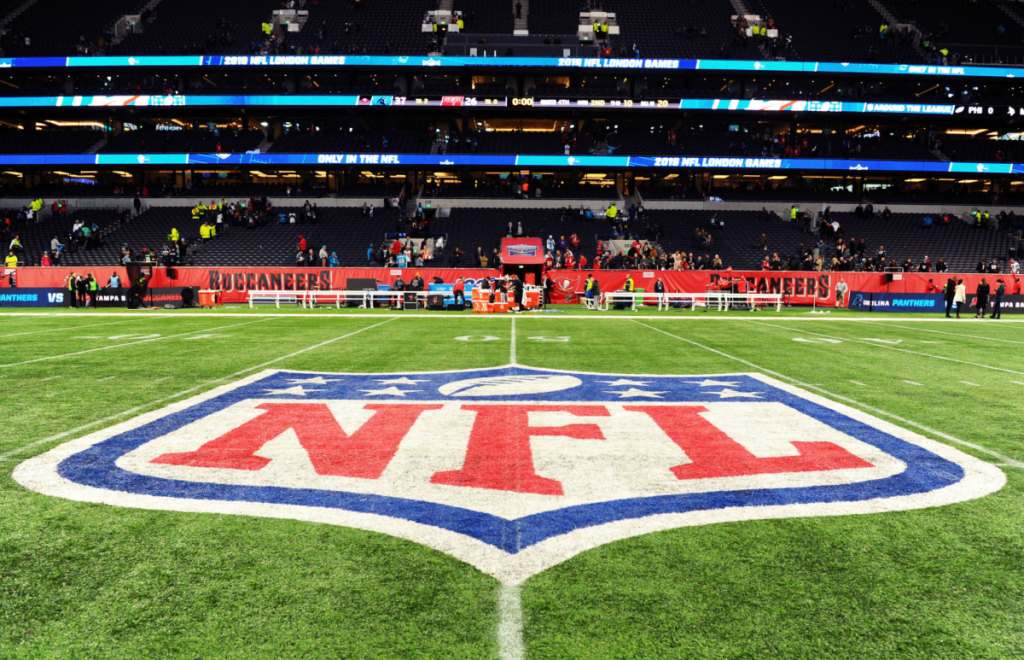The US is from Mars, Europe is from Venus
March 14, 2024
Ian Whittaker, Twice City AM Analyst of the Year pens down the varied television markets in Europe and the US.
One of the themes we are increasingly seeing is the growing divergence between the European and US television markets. One of the areas where this is most noticeable is in the selling of premium sports rights, specifically for things like the NFL rights. Europe, however, is a different matter. While the Premier League saw an increase in the absolute amount paid, the price per game fell while in France, Ligue 1 suffered an embarrassing failure to meet its minimum requirements. The gap between the two markets in being able to monetise rights looks wider and wider.
It could be said that this is unfair on European rights holders as US sporting rights holders are in a much stronger position. 93 out of the top 100 most watched television broadcasts in the US in 2023 were sports related. The US also know they have to change because the dynamics in the their domestic television market are changing more rapidly than in Europe, where traditional broadcast and cable TV barely top 50%+ of all television viewing and the trend is not their friend. But most of all, the economics work. The US Tech giants are prepared to spend major dollars because they know how vital sports are to reach their goal of taking a sizeable chunk of the television advertising market.
In Europe, by contrast, none of these dynamics are in place, The major live football rights are the preserve of the major traditional Pay-TV operators such as Sky and do not have mass market audiences. Moreover, while Pay-TV is under pressure (to varying degrees) in Europe, it is not facing the rapid change being seen in the US market and the platforms are (generally) holding their own or seeing gentle stagnation. Finally, and most importantly, the economics of buying national football rights in each country just do not work for the Tech giants, even in the UK, because the potential advertising/subscription upside is not there and/or would take too long to develop.
However, life is not fair and, more to the point, business deals don’t care about feelings. The simple truth is that the current sets of European rights deals – which involve the same structures as previous deals and with (usually) the same players – are merely kicking the can down the road when it comes to how to monetise their rights in a world when the traditional national-based Pay-TV model is under significant pressure and where a combination of streaming and global preferences makes the old way of selling rights increasingly obsolete.
Of course, there is an argument that what the leagues are doing is buying themselves time to work out a new structure for how to sell rights. If that is the case, what would be the best model moving forwards?
My view would be that it increasingly makes sense – certainly when it comes to the major rights – to look in terms of global distribution via streaming and think less of the old system of national and international sales of rights. To be clear, I do not think the leagues should do this themselves – they do not have the necessary technical competency skills. What I think they should instead consider doing is partnering with the major platforms with global reach such as YouTube, Amazon, Apple and even Netflix.
This is a question more for the medium-term than for the short. But, at some point, it will need to be answered.


